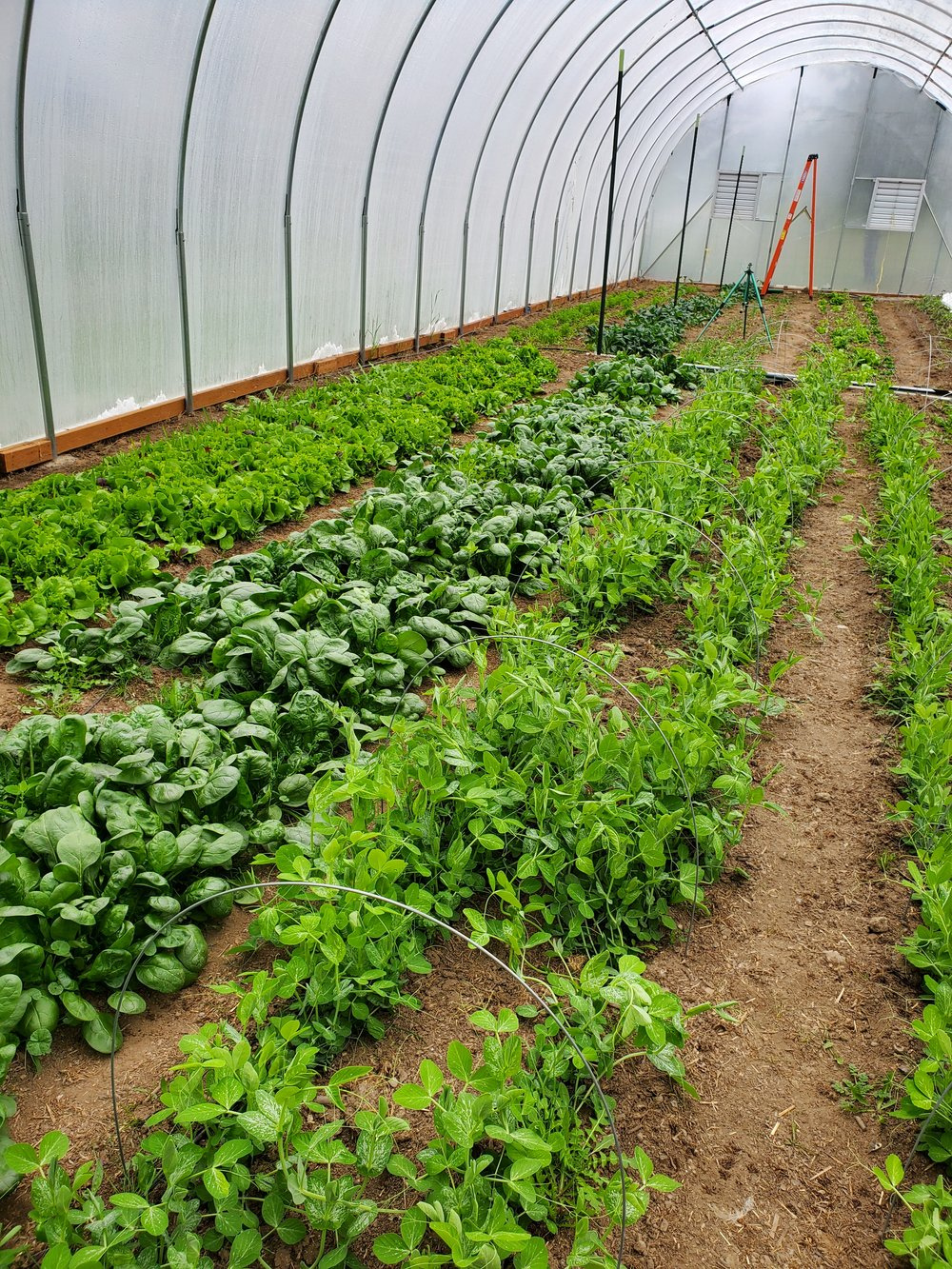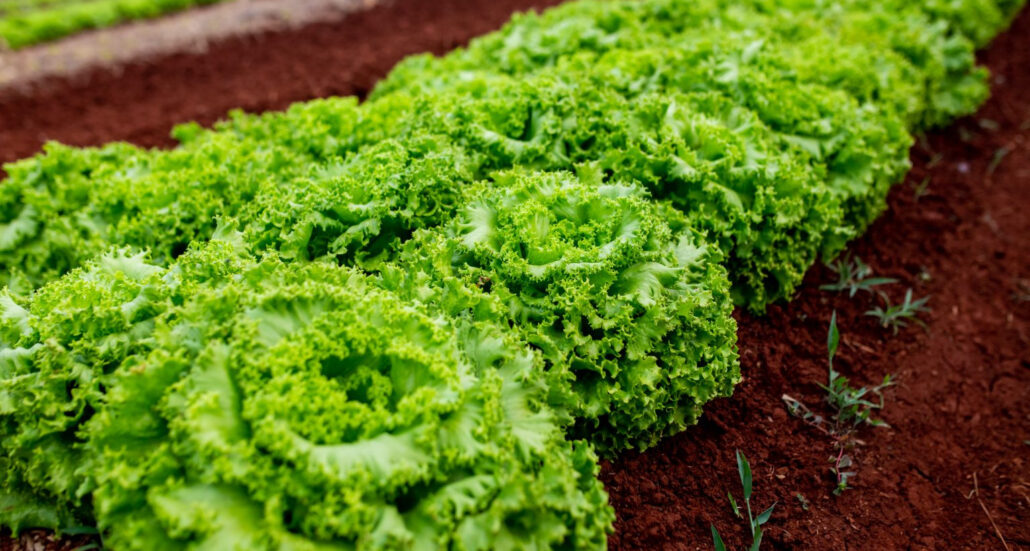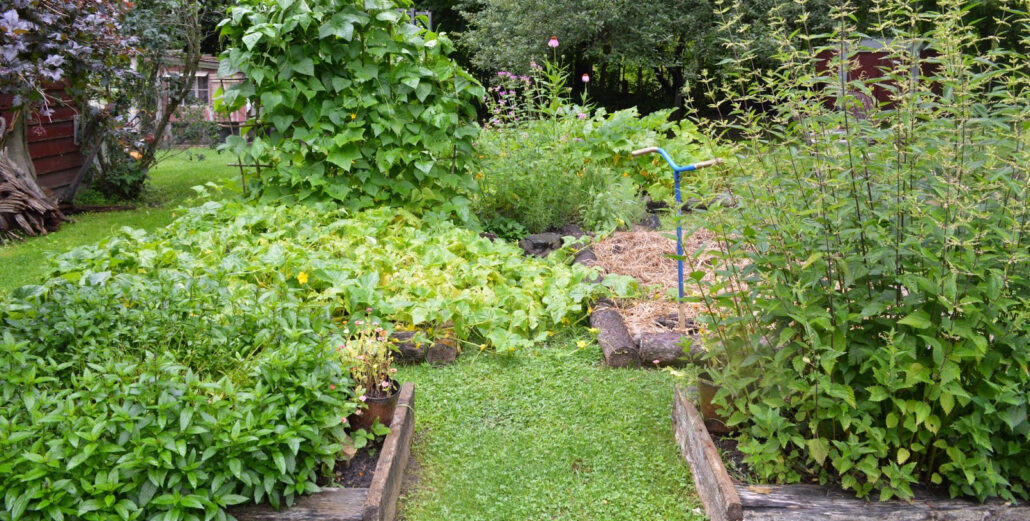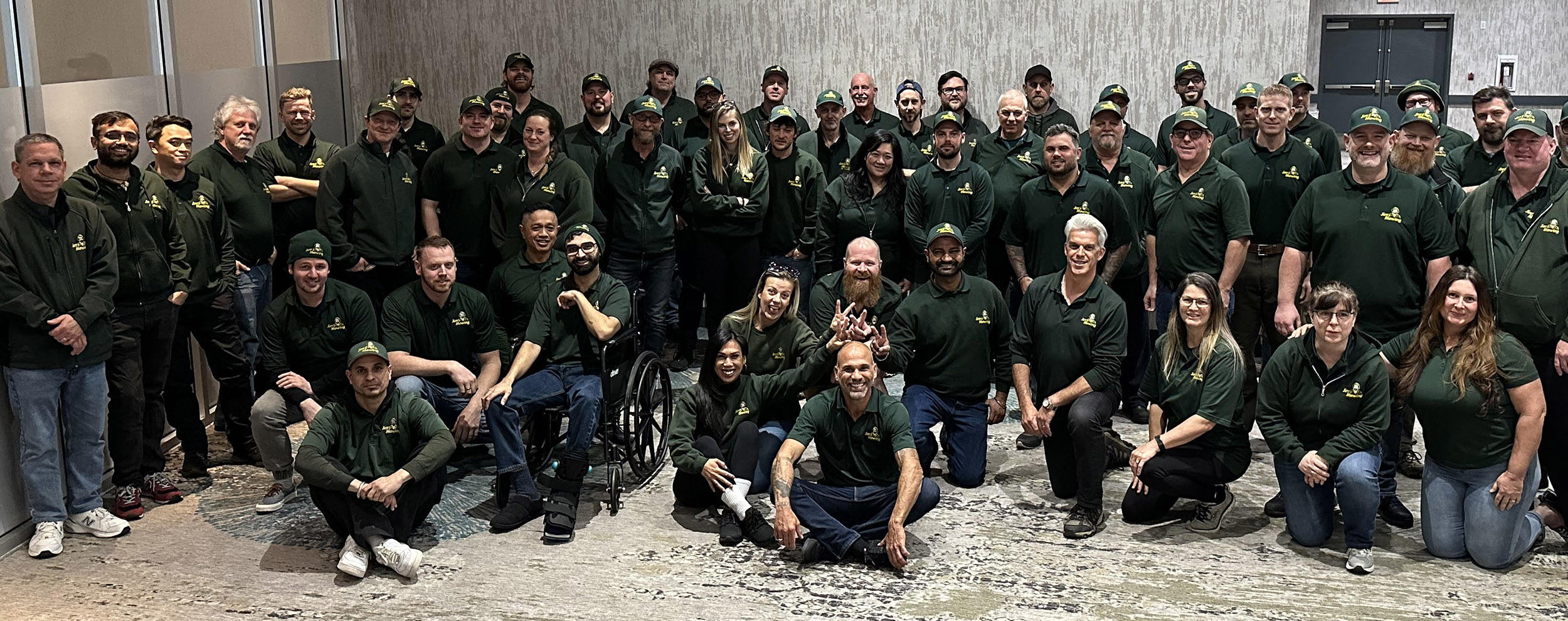
If you’ve ever envisioned picking fresh vegetables from your garden, this guide is for you. Whether you’re new to gardening or have tried it before, growing your own vegetables is a fulfilling way to connect with nature and enjoy homegrown produce. Here’s a beginner’s guide, customized to the climate and weather of the Okanagan, Vancouver Island, and the Lower Mainland.
Know Your Climate
Before getting started, it’s important to understand your region’s climate. The Okanagan’s warm summers and mild winters make it perfect for sun-loving crops like tomatoes, peppers, and zucchini. On Vancouver Island, the maritime climate is mild year-round, supporting a range of vegetables, including leafy greens, root veggies, and brassicas like broccoli and cauliflower. The Lower Mainland’s temperate weather extends the growing season, making it ideal for a wide variety of vegetables such as peas, beans, lettuce, and herbs.
Adapting to Seasonal Changes

Adapting to Seasonal Changes
Timing is key in gardening. For example, in the Okanagan, warm-season vegetables should be planted after the final frost in late April or early May. Vancouver Island’s temperate climate allows for gardening throughout the year, especially focusing on cool-season crops in the spring and fall. Meanwhile, in the Lower Mainland, the mild winters enable gardeners to extend their season, offering the opportunity to grow winter crops like kale, spinach, and carrots.
Key Gardening Tips:
- Sunlight: Most vegetables need 6-8 hours of sunlight daily. Pick a sunny location or use containers for balcony or patio gardening.
- Soil Preparation: Quality soil is essential. Add compost to improve its fertility and drainage, and test the soil for pH and nutrients.
- Watering: Keep the soil consistently moist, particularly during hot summer months. Mulching around plants helps retain moisture and reduces weeds.
- Pest and Disease Control: Be on the lookout for pests such as aphids, caterpillars, and slugs. Practice crop rotation and companion planting to reduce pest issues naturally.
- Harvesting: Harvest veggies at their peak ripeness for optimal flavor and nutrition. Regular harvesting promotes ongoing production and prevents overcrowding in your garden.

Starting Your Own Vegetable Garden: A Beginner’s Guide
Starting your own vegetable garden is a rewarding step toward self-reliance and sustainability. By learning about your local climate, adjusting to seasonal variations, and applying essential gardening practices, you’ll soon reap the benefits of your hard work. Whether you’re working with a small urban garden or a larger backyard space, every vegetable you grow is a reflection of your effort and connection to the earth. Happy gardening!


